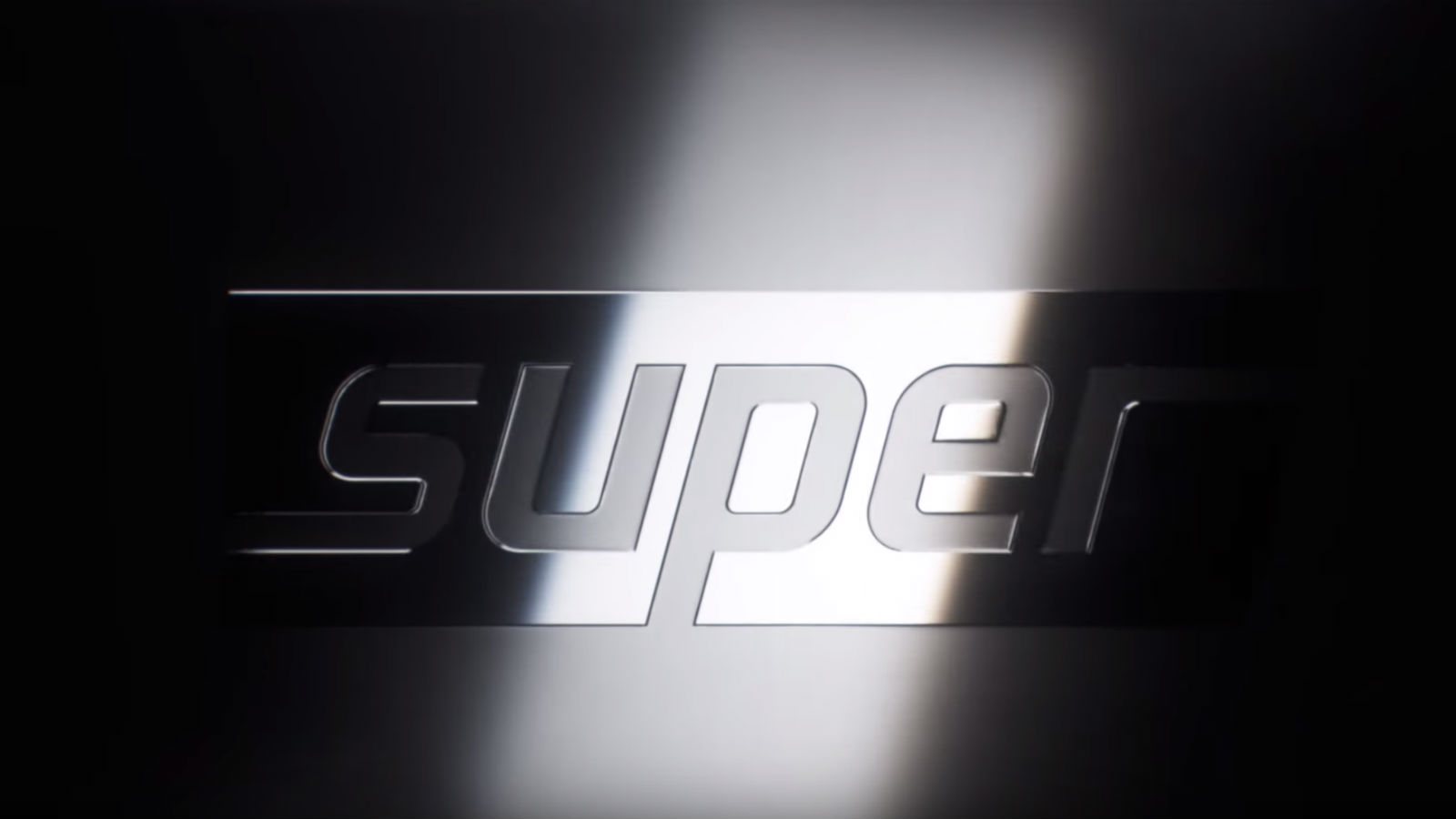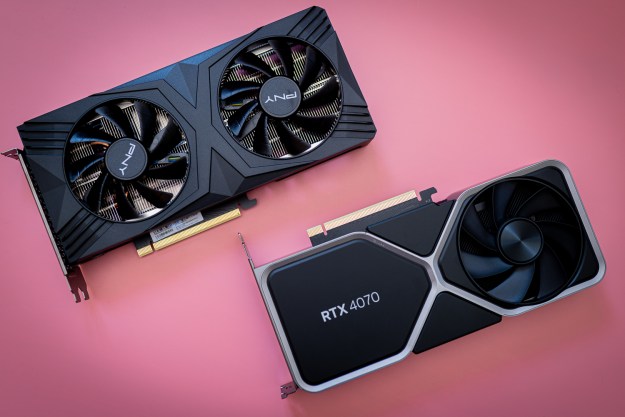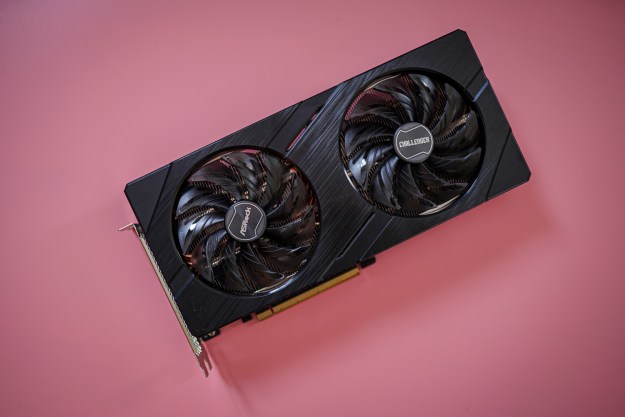
The next couple of months are an exciting time for anyone looking to upgrade their graphics card. First off, AMD is set to release its new RX 5700 GPUs, which are a fantastic challenge to Nvidia’s RTX 2070 and 2060. But Nvidia has some new “Super” technology to reveal too.
Although little has been officially announced (outside a mysterious teaser trailer), new rumored leaks suggest it will be a full refresh of its RTX line. That would be great for potential buyers looking for more power and better value, but it could make Nvidia’s graphics card line increasingly confusing to figure out.
The existing line up of current-generation Nvidia graphics cards is segregated, but relatively easy to understand. At the entry level you have the GTX 1650, 1660, and 1660 Ti, none of which have dedicated ray tracing (RT) cores, nor tensor cores for deep learning super sampling. Its RTX cards which do have those additional hardware features, include the RTX 2060, 2070, 2080, and at the top of the pile, the 2080 Ti and Titan RTX. But WCCFTech suggests that this line up of cards could be set to almost double in size with the introduction of new “Super” RTX GPUs.
Its sources claim that these cards will be Super editions of the 2060, 2070, 2080, and 2080 Ti, with new graphics chips with additional CUDA cores and revised memory counts. The 2080 Ti Super will reportedly be a brand new chip with unlocked power, allowing for up to 300 watts if third-party board partners want to give it. The Super 2080 will use the 2080 Ti chip, we’re told, but with 3,072 rather than 4,352 CUDA cores and 8GB of GDDR6.
Next in the line is the 2070 Ti Super, which will be slightly more powerful than the 2070 Super, which has 2,560 CUDA cores and 8GB of GDDR6. The 2060 Super is said to use a variant of the 2070 GPU, but with fewer CUDA cores.
This might make some sense if these new cards were replacing the current lineup of RTX cards and simply offering greater performance for the same or similar price to combat AMD’s RX 5700 launch. But these cards will reportedly be sold alongside the older, price-dropped, original RTX cards.
That would turn the lineup into one that includes, an RTX 2060, 2060 Super, 2070, 2070 Ti Super, 2080, 2080 Super, 2080 Ti, and 2080 Ti Super. While that might read well enough as a list, for potential buyers it could be exceedingly confusing. Is the original RTX 2070 better than the 2060 Super? What happens when you throw in overclocked, third-party versions of these cards? There could be some serious performance overlap and if prices aren’t too distinct, then what’s to help buyers differentiate them?
In theory, this should kick off a pricing war with AMD, which could bring down this generation of graphics cards to more reasonable levels. But with so many cards to pick from with close performance and near-identical naming conventions, it could make the GPU market pretty confusing before it gets better. Please Nvidia — just make this a simpler, would you?
Editors' Recommendations
- It’s time to retire the RTX 3060
- The sad reality of AMD’s next-gen GPUs comes into view
- 5 GPUs you should buy instead of the RTX 4070
- AMD needs to fix this one problem with its next-gen GPUs
- AMD’s GPUs had a bigger year in 2023 than you might realize





